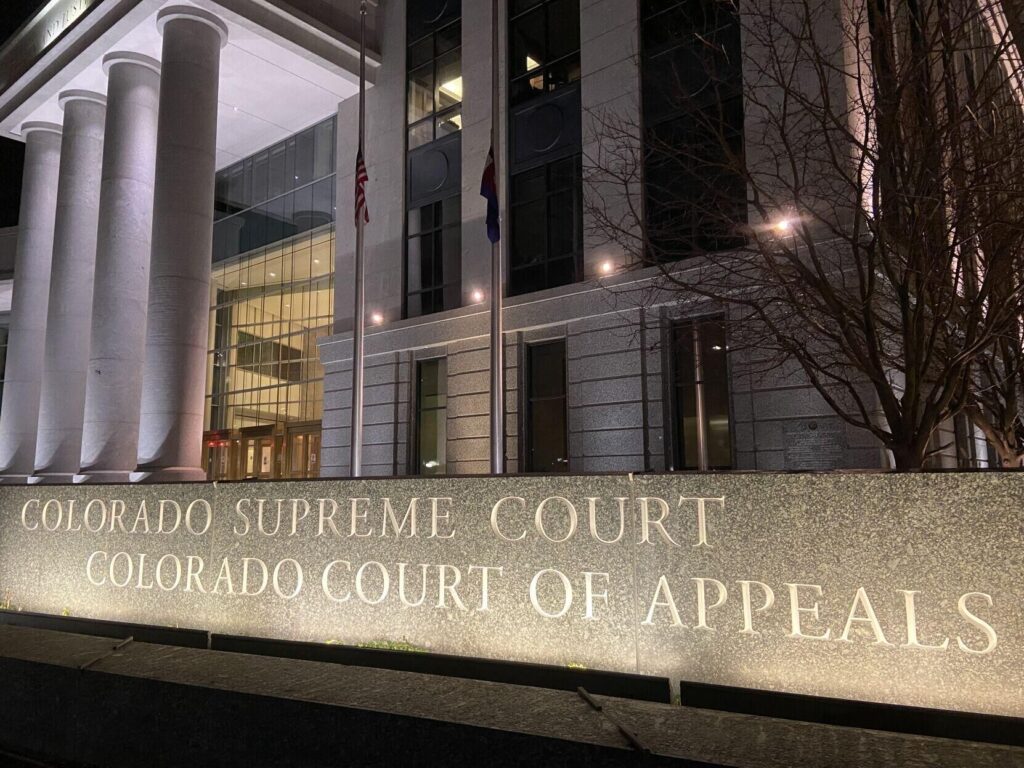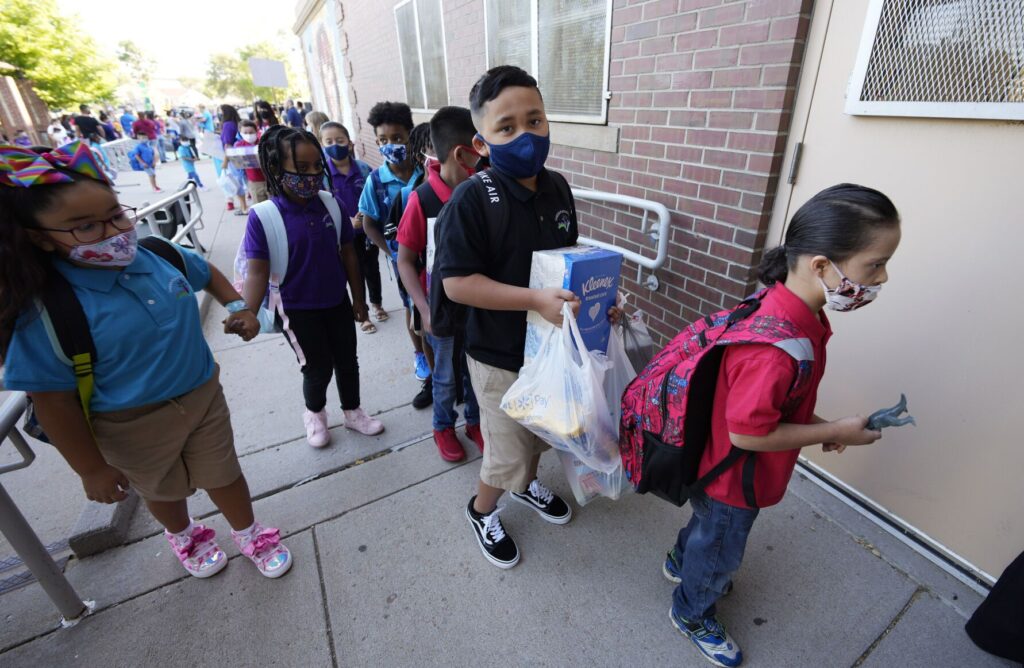Denver targets portion of South Platte River for wildlife habitat restoration

Denver hopes to restore deteriorating fish and wildlife habitat along a 2.4 mile stretch of the South Platte River, through an U.S Army Corps of Engineers’ project.
One hundred and fifty years of urbanization in Denver, alongside flood control measures, has taken its toll on the stretch of the South Platte running through Denver.
Persistent development has “encroached into historic stream and floodplain habitats along the South Platte River and its tributaries,” an Army Corps of Engineers report said. And dams in the area have disturbed the river’s natural flow.
On Monday, the Denver City Council helped move forward an ecosystem restoration project by approving a $3.36 million design and construction pact with the Army Corps of Engineers. Through the project, officials will replenish native aquatic and riparian habitats in the area. The total restoration project cost is estimated at $11.15 million.
The Army Corps of Engineers’ project would focus on restoring a 2.4 mile portion, 200 feet on either bank, of the South Platte from approximately West Wesley Avenue downstream to West Mississippi Avenue.
This particular portion of the South Platte River is located downstream from two existing Army Corps of Engineers’ flood control dams and reservoirs in Bear Creek and Chatfield.
“While these projects provide flood risk reduction to the Denver area, the altered hydrology due to the impoundment of the river and controlled releases have severely impacted the downstream ecosystem,” an executive summary of the plan reads.
With development and the dams affecting the natural flow of the Platte River, Denver officials sought assistance from the Army Corps of Engineers in restoring wildlife and habitat.
Alongside other measures, the project will see the placement of in-stream structures such as dikes, boulder clusters and riffles that will help provide habitat and shelter for fish and other organisms that call the South Platte home.
Additionally, the plan calls for the restoration of more than 10 acres of wetland, riparian and floodplain habitats, increasing access and connectivity between different parts of the river.
Two drop structures – a man-made mechanism used to pass water to a lower elevation typically as part of a dam – near Overland Pond Park and an Xcel Energy plan will be modified to improve fish passage.














